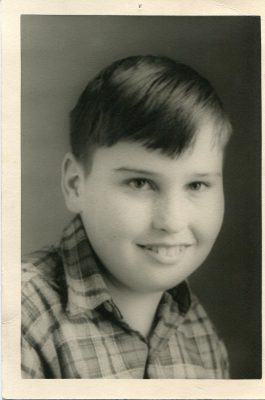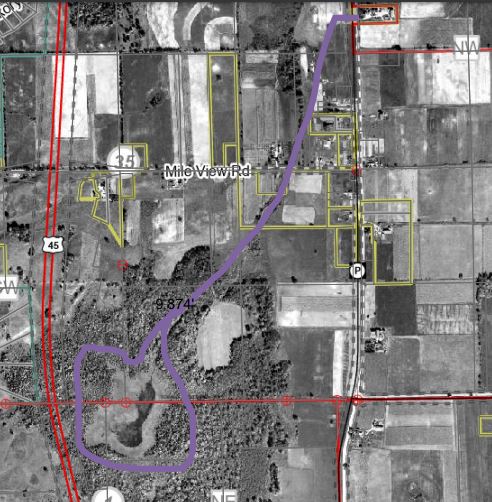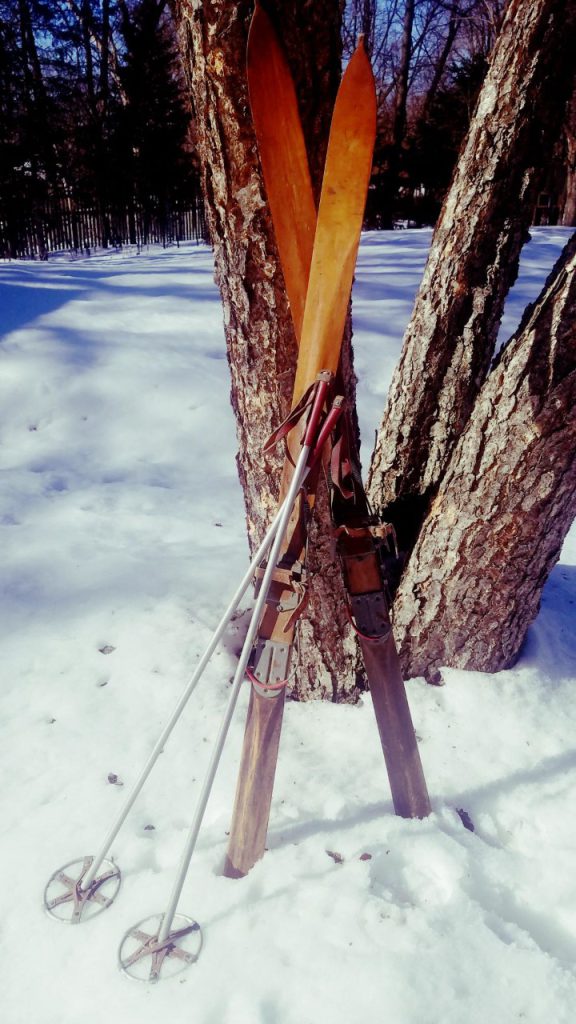West Bend, WI – Over the last 15 years, Dave Bohn has been writing memories of his childhood, growing up on the family farm, just south of West Bend on Hwy P. He hopes his writings will preserve the often-overlooked stories of ordinary farmers, nature, and everyday farm life in rural Washington County during the Great Depression through the eyes of a local farm boy.

I have always loved the outdoors, even as a boy. This is how I spent some of my time in the winters of the early 1940’s during WWII when I was about 10 to 13 years old.
There was a large swamp with mostly brush and some tamarack trees about a half mile from our home. I would guess it covered about 300 acres. It is located south of Mile View Road to about where the Washington County Fair Park grounds are and between Hwy P and Hwy 45.
Click HERE to SUBSCRIBE to FREE local news at
Washington County Insider on YouTube
My brother Tom and I would hunt rabbits there and set traps for mink and fox. We’d hunt pheasants but not with much luck, as there were never very many there. There were also ducks, along with muskrats. Tom would come along sometimes, but mostly I just went there by myself.

There was a small lake in the swamp–about three acres–with a couple of small streams leading into it. We called it Mud Lake. From the outside of this area, the creeks would run on top of the ground like normal. Then the creeks would disappear and run underground with trees and vegetation growing on the area above. The vegetation was slowly covering the water of the lake from the outside edges, making this area very spongy to walk on. Most of the time, I could walk on this grass vegetation just fine.
In some areas, the muskrats had made holes in the vegetation, and I would sink further into the water and get wet feet if my boots were not high enough. I wore rubber boots, up to my mid calves. They were called knee-high boots.

Even when I’d sink in, I didn’t hit solid footing and I would have to catch myself when this happened, as it was still spongy underneath. The vegetation would hold my weight but would still give those six to eight inches. I imagine in time; the vegetation will take over the entire lake area.
When the Hwy 45 bypass road was constructed, it ran about 400-500 feet from the swamp. The engineers had to design a special road surface because of the site conditions so this area of the road is not made of cement. It’s a special asphalt road surface that they had to design because the ground conditions were not stable. It was not very cost-effective, but I guess it had to be done.
For a while in the fall, there was a small rowboat on Mud Lake, probably for a duck hunter. I did take it out once or twice to see what the lake was like. There were about 18 inches of water at the deepest part. The only other thing I could see was mud. Not very deep and there were no fish, as it would freeze over in the wintertime. A creek at the outflow had a fair amount of water flowing, so there must have been springs in the lake along with the small streams flowing into it. Local folklore at that time had it that Mud Lake had no bottom. At least I never felt it. How many feet of muck was in there, nobody knew.
There was no road to get even close to the lake, so it was hard to get to, with lots of thick brush all around. I’d follow the creek bed to get to Mud Lake because there wasn’t as much brush there and it was easier to get through. There was a path a farmer took to get to a piece of land he farmed adjacent to the lake that was at a higher elevation, but I always just followed the creek. During that time, the landowners didn’t care or say anything if you walked over or hunted on their land. Not like today.
Most of the time, I went to Mud Lake by myself in winter when there wasn’t as much to do on the farm, so I had time. The ground was frozen with snow on it so it was easier to get into the lake. I would put on a pair of single-strap skis and ski to the area to check the traps and hunt for rabbits. I got my first fox there.

At that time, foxes were considered a predator and there was a bounty placed on them. You could take a fox to the courthouse and receive, I think, a $5 bounty from the state or maybe it was from the county. Lots of children’s books at the time had the fox as the bad guy, stealing chickens from the chicken coop. This was common thinking. At that time, all farms had chickens running loose and they thought the foxes were taking some for dinner. Foxes, along with hawks (“chicken hawks” as we called them), were thought to steal the chickens and were hunted. On our farm, we never had them take any of our chickens, at least not that we knew of, and we had a lot of chickens.
I always liked to go to Mud Lake in the winter, because I felt like I could get away from the world. In winter, it was always quiet in this swamp. Maybe that’s why I liked to go there – just to be alone with my thoughts and the wild animals that lived there. Many times, as I was hunting, I would be startled as I flushed a grouse taking flight, or sometimes in the tamarack trees a big owl would silently fly away. It was a quiet place to go when the troubles of the world got to me, as this was when World War II was being fought and I was old enough to understand. It was peaceful there and the quiet at Mud Lake was different from the quiet anywhere else.






